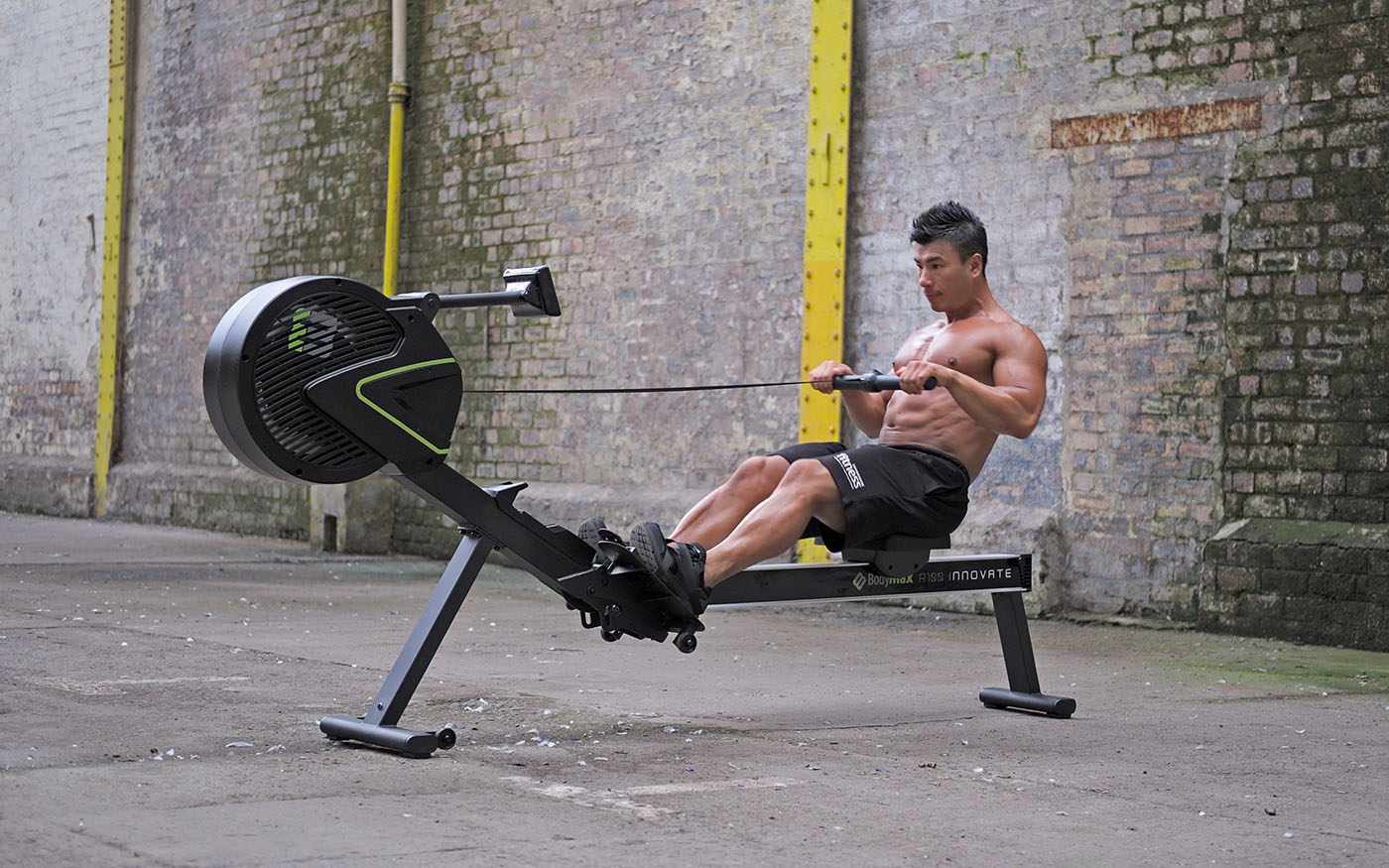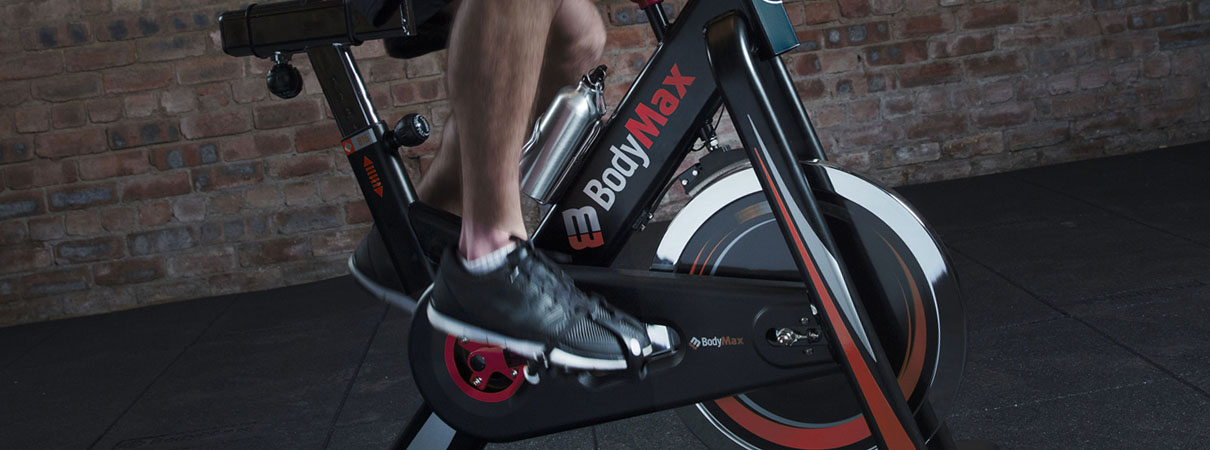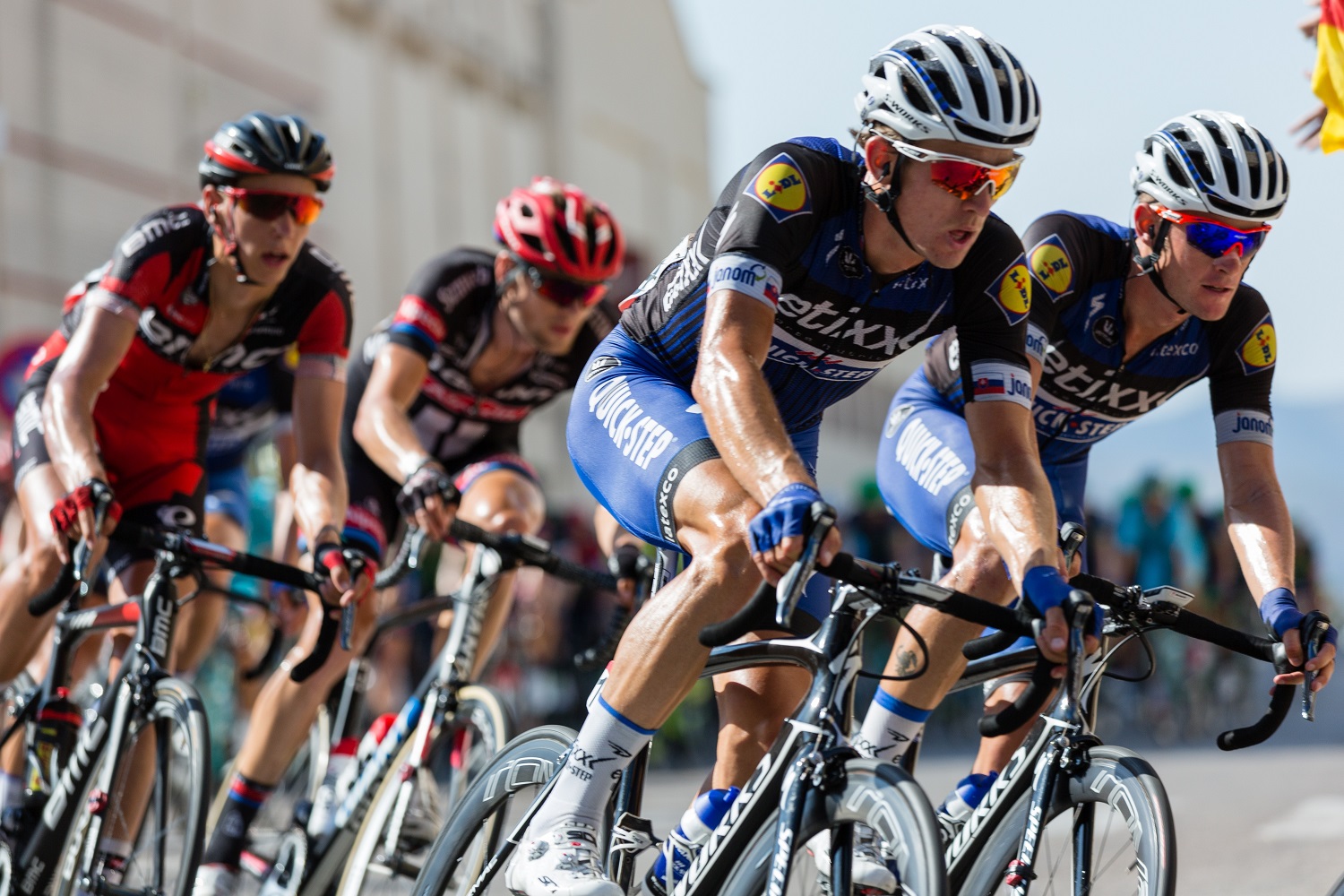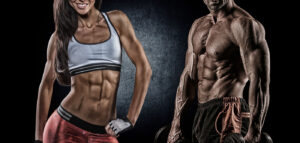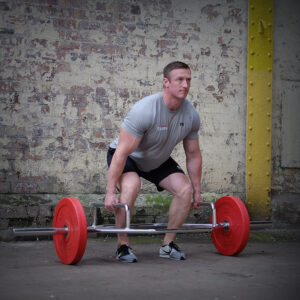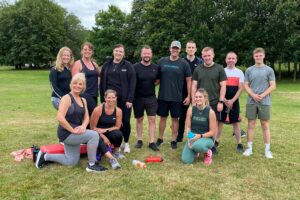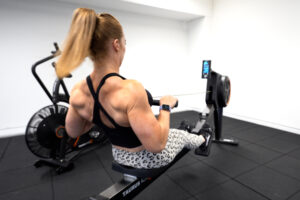Who Even Understands Rowing Machines?
If you’re looking for fitness equipment that focuses on low impact exercise to strengthen your entire body, then a rowing machine is for you. Rowing machines combine the benefits of aerobic exercise with strength, muscle toning and flexibility.
DIFFERENT TYPES OF ROWING MACHINE
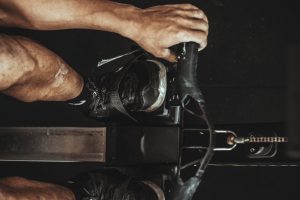
So first of all we need to understand the different types of rowing machine. The three main types are: magnetic; water; and air.
Magnetic rowing machines use big, powerful electromagnets to adjust the resitance. The resistance on a magnetic rower will be quite constant, so it won’t change if you start rowing harder. Becasue they run off magnets, they’re very quiet!
Water rowing machines are ideal if you really want to simulate rowing on the water. You can alter how much water is in the tank, which will make it harder or easier to row. Obviously, you need to remember that they have a tank of water attached, so if you’re short on space you might struggle!
The last type, air rowers provide resistance by making you row against a fan. You can manually alter the resistance, but usually you will find the resistance increases if you row harder or faster.
Rowing Machine lingo
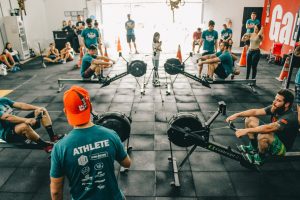
If you go into a shop or talk to someone who knows about rowing machines, they might use a load of ridiculous words to describe different bits of the rower. So to help you out, here are some of the more common terms you’re likely to come across when shopping for rowing machines.
1) Flywheel – This is what creates the resistance when you are rowing. They can vary a lot in terms of size and quality (particularly when it comes to how loud they are). If noise is an issue for you, you’re best going into a shop so you can hear it for yourself.
2) Seat – If your rowing machine isn’t comfortable, you’re never going to use it. You want to look for a seat which is ergonomically designed so it conforms to the shape of your body. Also try and make sure it’s foam. The last thing you want is a wooden seat – you’ll go for about 30 seconds before you need a cushion.
3) Handlebars – The handle and the strap are most likely to wear out, particularly in cheaper rowers under £100. More expensive models feature thicker, long lasting straps with comfortable foam grip handles to keep your hands beautiful.
4) Footplates – On some rowers foot pedals are fixed and on others they swivel. It’s really up to you which you prefer, but swivelling foot pedals tend to be a bit more comfortable for the ankles.
5) Console – Most rowers will come with a monitor – obviously some will be more advanced than others. Again this is purely down to personal preference. basic monitors will be quite limited in what they show you, but more advanced ones could have heart rate monitoring, calorie counters and allow you to enter virtual races. Others will include a USB port so you can export data from your workouts to your laptop or computer and upload to third-party fitness tracking apps.
Click here to see our full rowing machine range
